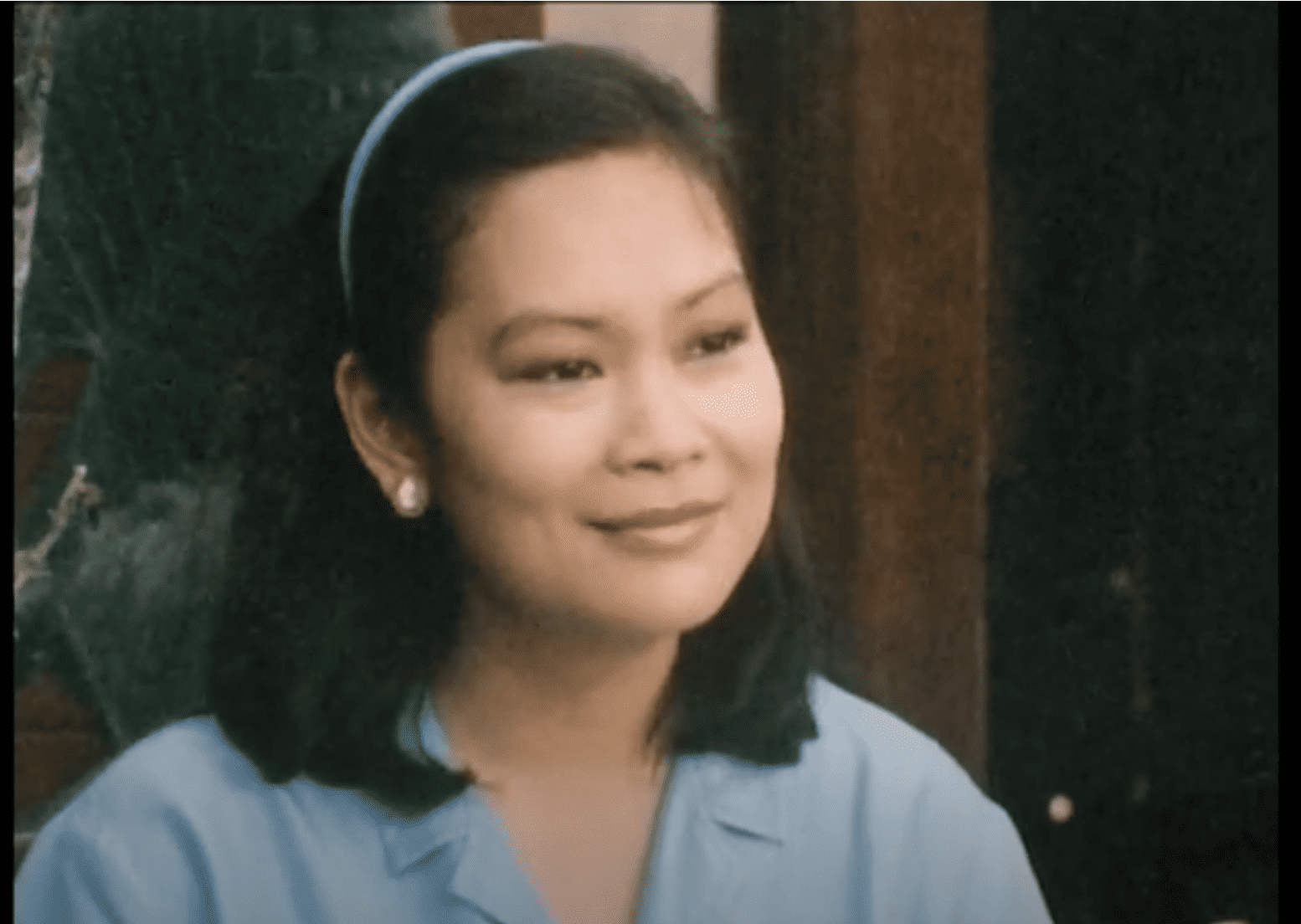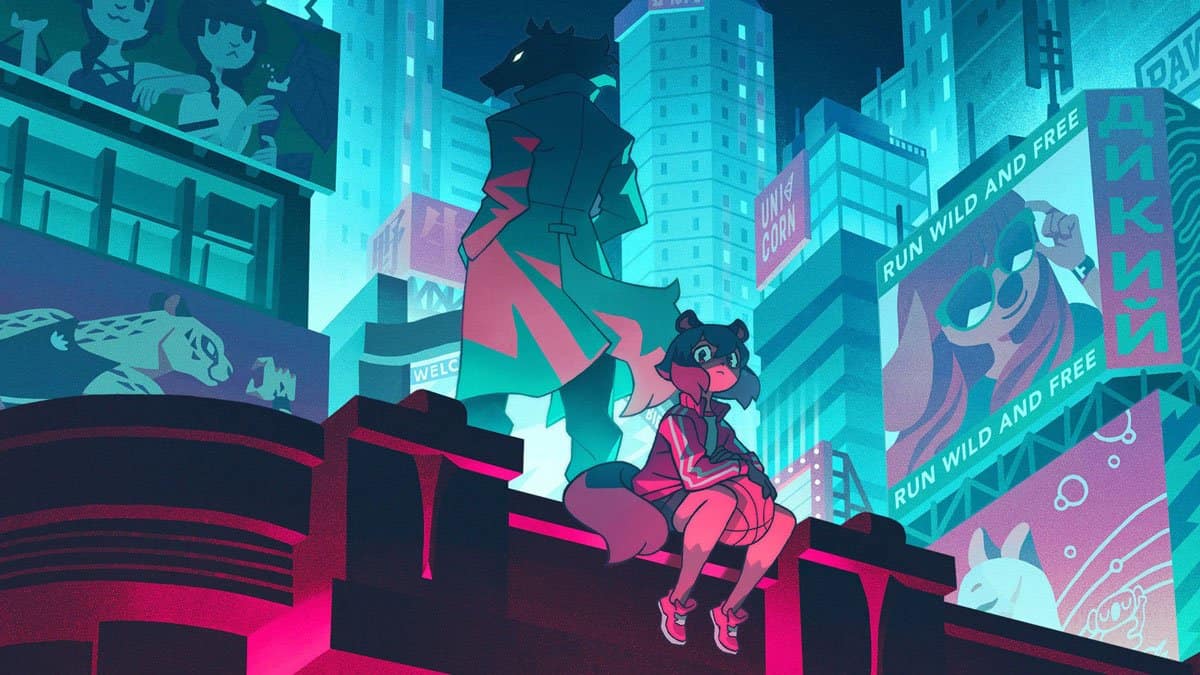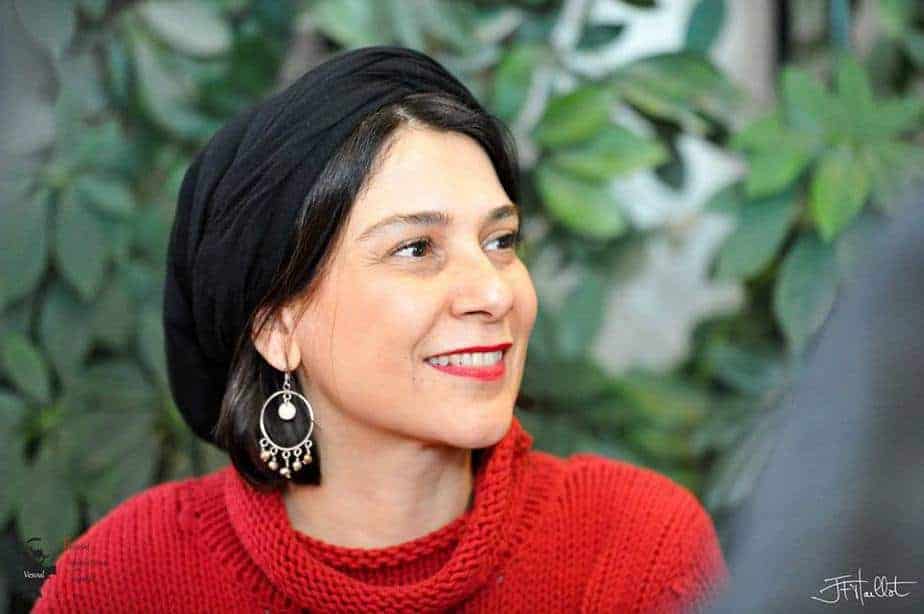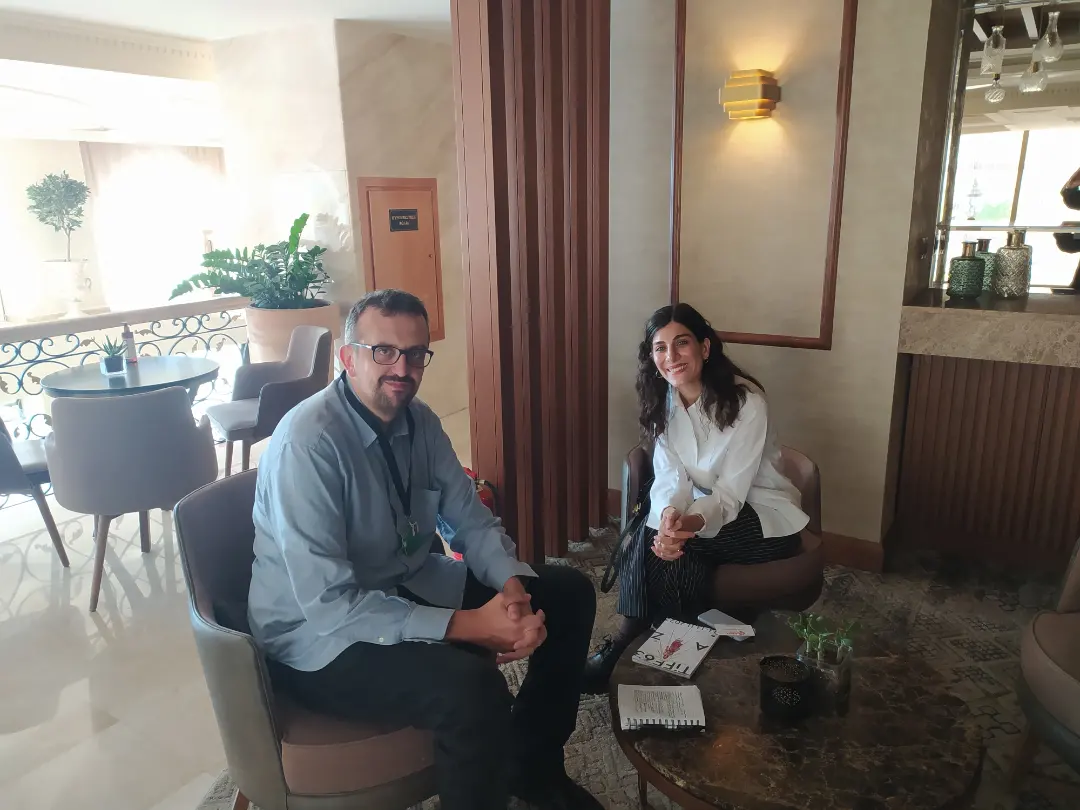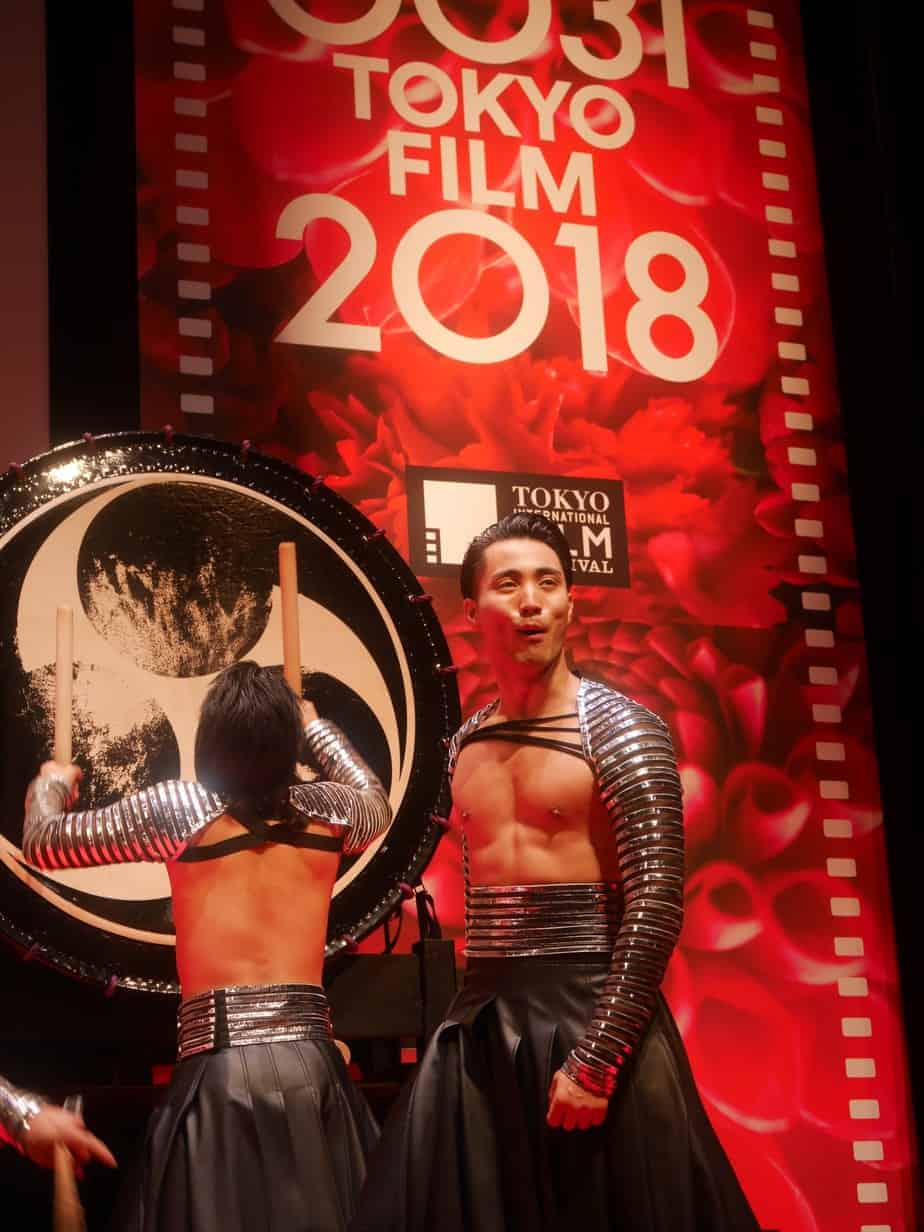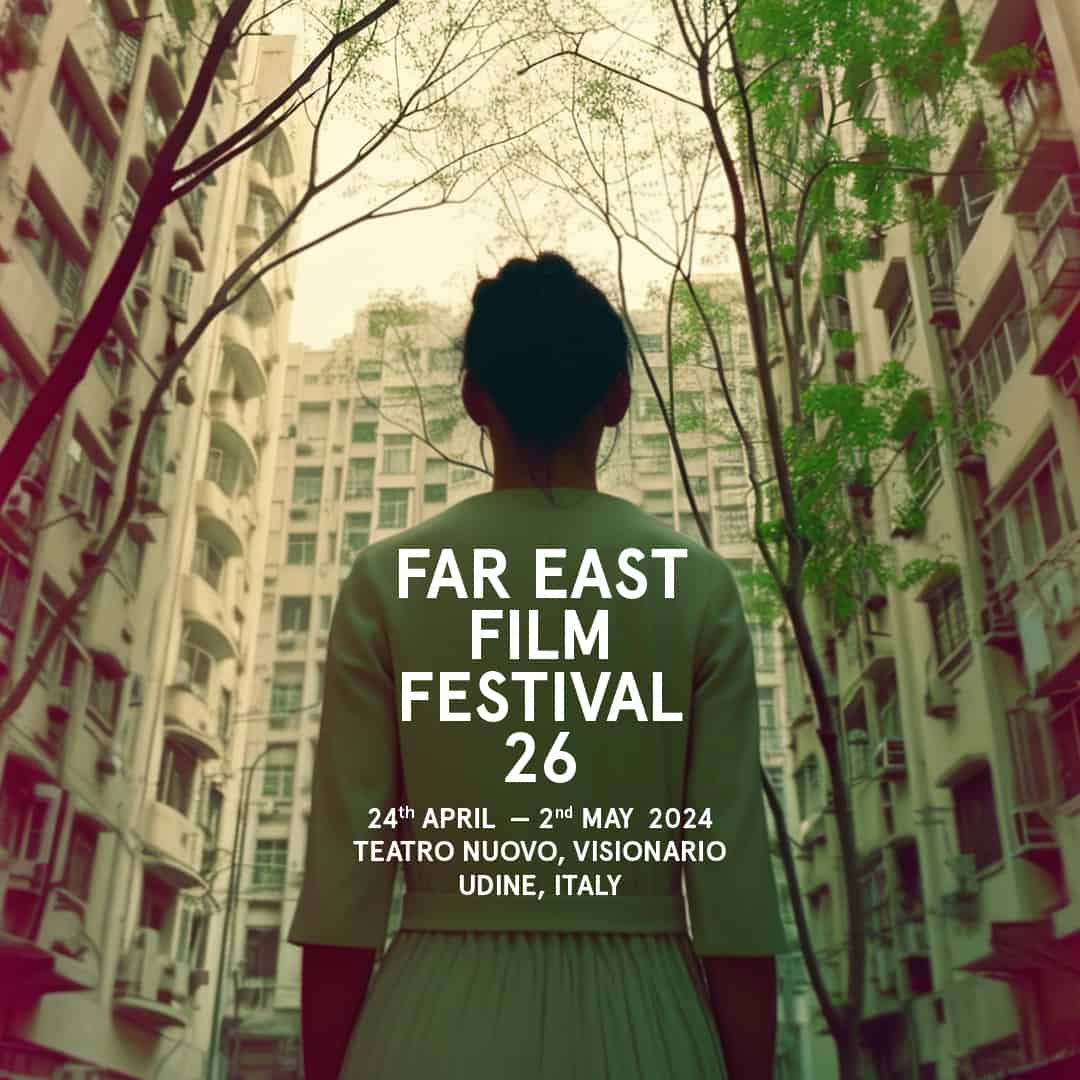In what became known as “The Kim Hiro Incident”, Kwon Hyi-ro shot and killed a gang leader and a gang member with his rifle in Shimizu City on 20 February 1968. Being sought by police, he then broke into a hotel and, armed with dynamite and a rifle, took as hostages 18 people who were either hotel guests or family of the hotel owner. He then called the police to tell them where he was hiding. On the second day of the incident, Kwon Hyi-ro released 5 of the hostages, but threatened to use dynamite to blow himself up if police came near him. He blamed Japan for “the creation and maintenance of two Koreas.” He demanded a public apology from two policemen about discriminatory remarks made to him in the past and full disclosure of the criminal background of the two men he had killed. NHK broadcast the apology from two policemen on national television.
The event took place when a new trend in Japanese independent cinema was taking place, during the late 60s. A number of filmmakers were mixing fiction and non-fiction, while appropriating journalistic material and well-known media events. Katsu Kanai implemented this approach in “The Deserted Archipelago” an avant garde 56-minute movie, by incorporating the aforementioned incident in the narrative, in a film, though, that moves into a number of other directions.
The film begins with Hidekuni, a young man, trying to escape from what is eventually revealed to be a group of nuns from the Christian nunnery where he was raised. He is apprehended, however, and put into trial by a group of nuns that look particularly perverted with their scars and overall demeanor, something that is revealed to be the harsh truth when his punishment for trying to escape for a third time is admonished. Hidekuni is severely whipped, while a rather depraved, forced coupling between him and the nun who wielded the whip takes place next. Eventually, he escapes once more, but the aforementioned sex results in him giving birth to a child from his back, with the infant boy actually staying on his back, like a Siamese twin, until his adulthood. In the meantime, a gun-wielding, live chicken-eating nun is on their heels. During his travels, Hidekuni stumbles upon a Korean-Japanese couple who spent their time putting newspapers on the wall, a quintet of men connected by an umbilical cord, angry salarymen and a group of shirtless soldiers.
Evidently, trying to analyze and review an experimental film that took the current state and a number of actual events of the time as its base is not exactly easy. However, as the aforementioned event is one of them, and a number of others seem to have a timelessness in their presentation, we will attempt to do so. For example, the critique towards Christianity and religion in general, is quite evident here, with Kanai portraying the concepts as bonds that enslave and torture people, not allowing them to escape (be free, in essence). The overall presentation of this aspect, which takes place under the prism of ‘crime and punishment' is as experimental as it is intense, in a fashion that could be described as blasphemous. The critique of the West, however, does not stop here, with the music, which essentially symbolizes Western culture also getting its share throughout the movie.
Regarding the actual events that Kanai embedded in his narrative, as we mentioned in the prologue, two are the most crucial ones, the student protests against the ANPO Treaty that turned campuses into battlegrounds, and the aforementioned Kin Hiro Incident. Evidently, the first one is connected with the critique of Westernization, while it is presented in somewhat abstract fashion or through metaphor. For example, the discussion between father and son/brother about the East and the West is indicative, or the way the system (as indicated by the salarymen aka the Capital, the nuns AKA religion, and the soldiers AKA the authorities) is presented throughout the movie.
The Kin Hiro one is presented in more evident fashion, particularly in two scenes. The scene with the rifle-wielding nun shooting an unnamed character is a direct reference to the events of the incident. The second is during the scene with the couple inside the house filled with newspapers, when Kim's voice is heard in the background, giving a press interview.
Apart from all the references and metaphors here, which could take a whole book to just mention, the artistic aspect of the movie is also quite interesting. The avant garde approach results in a narrative that can also be described as a mashup of genres, with Kanai moving into exploitation (nunsploitation one could say), horror, performance and stage play, musical and satire paths. All the above are presented through the frantic editing of Katsuhiro Kikuchi, which definitely adds to the deliriousness that characterizes the narrative and suits its episodic approach. At the same time, it is also the medium of which actual footage that point towards the documentary and fiction are combined, occasionally in the same frame, in one of the most intriguing elements of the film.
Yasuaki Sazawa and Masami Suzuki's cinematography also follows in the same paths, with the rotating, shaky camera adding to the overall atmosphere. The visual approach is definitely of the no-punches-pulled variety, finding its apogee in the perverse erotic (?) scene.
Kazuyoshi Kushida as Hidekuni gives an impressive performance that has him acting in all the aforementioned genres with the same artistry, and through an excessiveness that definitely suits the overall aesthetics here. The birth scene is surely his zenith.
Evidently, “The Deserted Archipelago” is not a film for everyone, since its exploitation elements, the experimental approach to its comments and its connection with the then topicality makes it rather difficult to watch, even more so today. At the same time, though, it is a truly original film that highlights the heights of creativity Japanese cinema reached during the 60s and the 70s, and thus definitely worth checking out.




